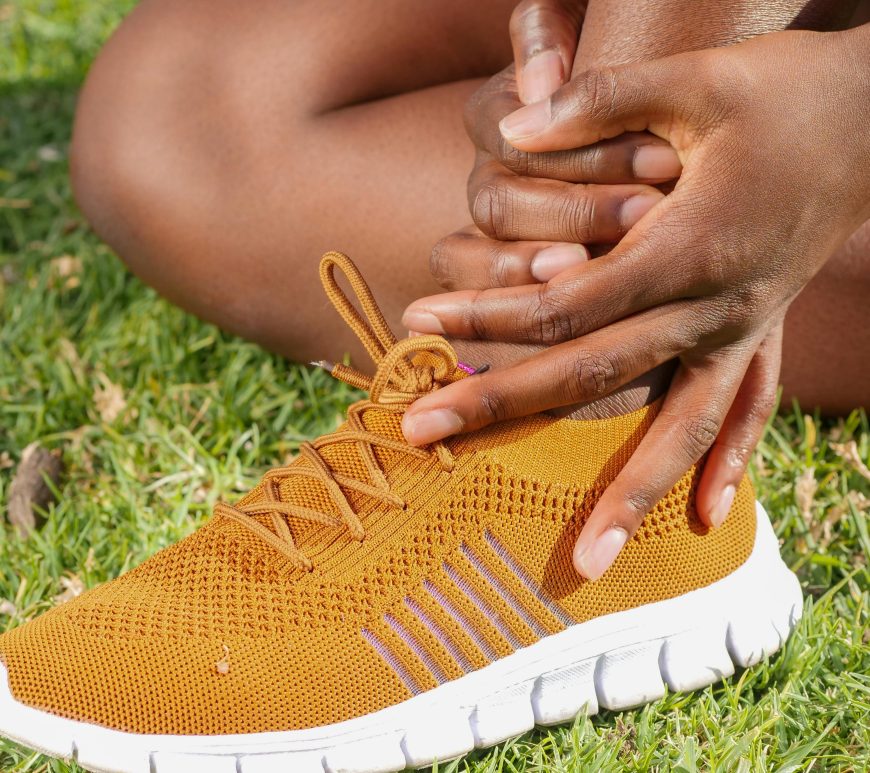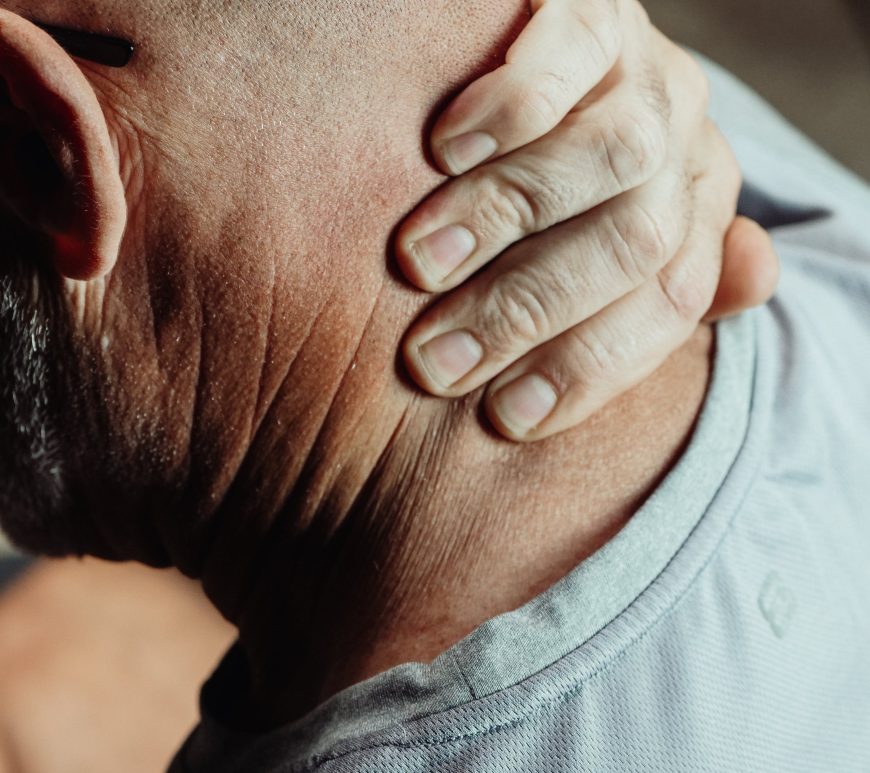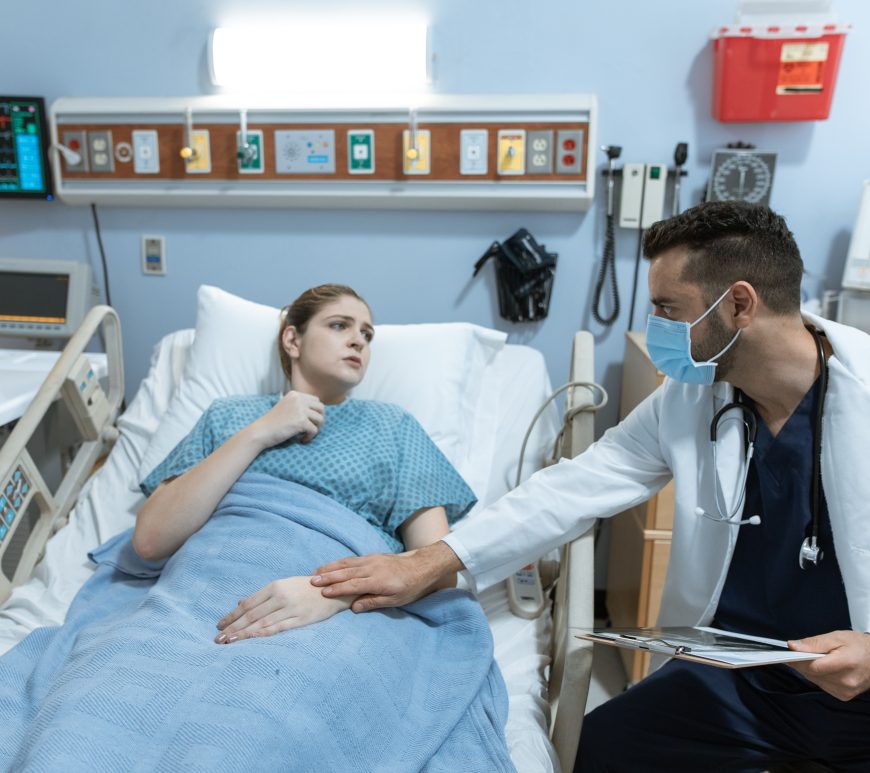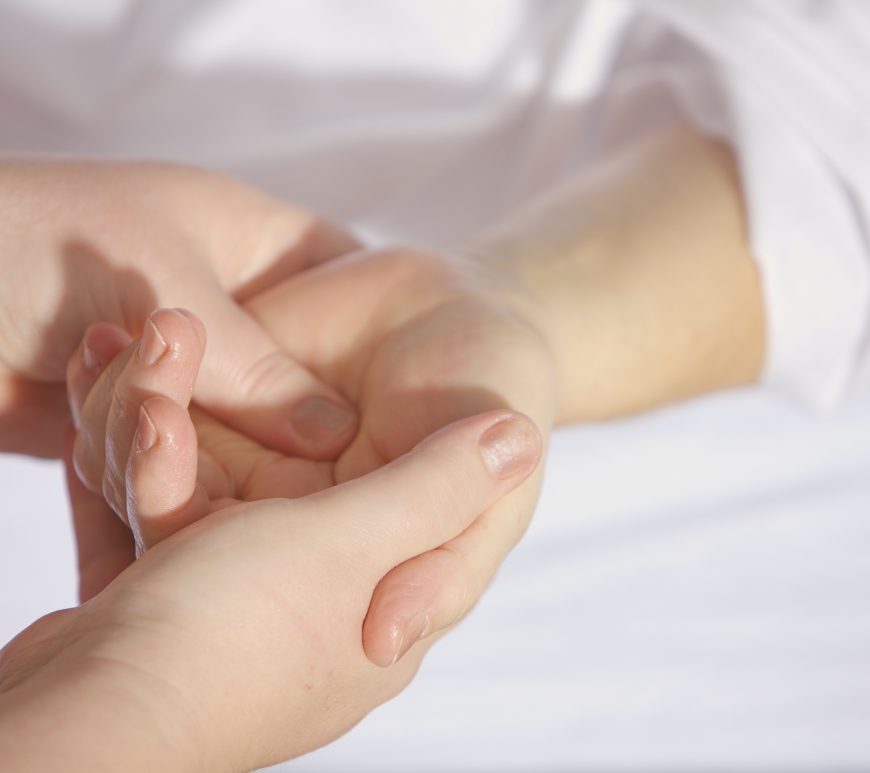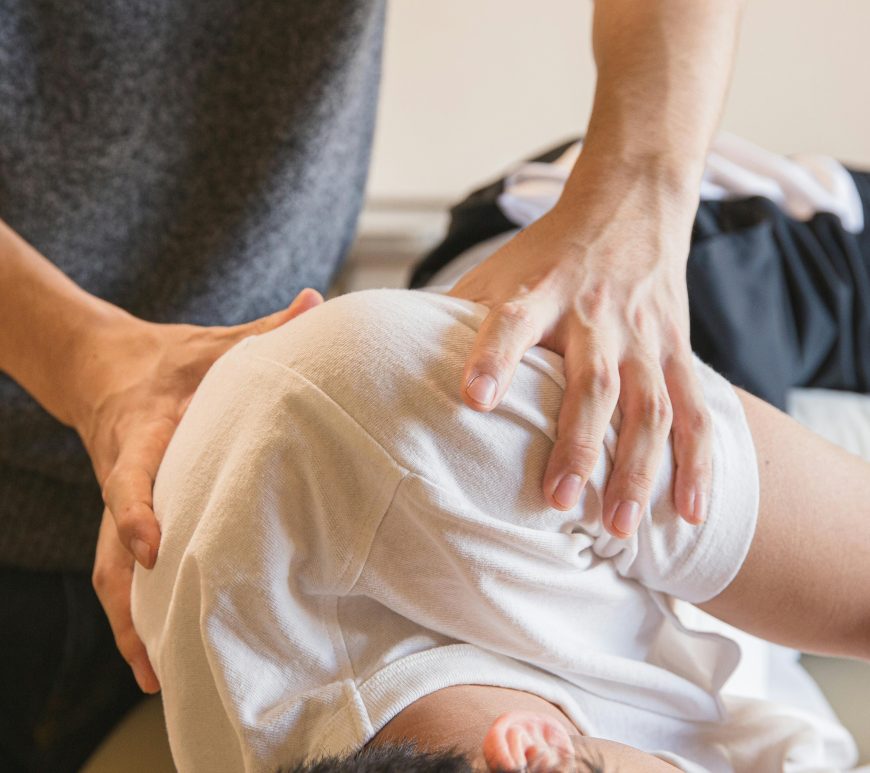
Clinician Generated Forces
Clinician generated forces refer to the external forces exerted by the clinician on a patient’s body segment to diagnose, treat, and/or to facilitate recovery. Clinician generated forces can be exerted through various techniques, such as joint glides, thrusts, or the use of mechanical devices to assist in the diagnosis, treatment, and rehabilitation of various conditions. For example, sustained pressure or repetitive joint glides may help … Continue reading Clinician Generated Forces
